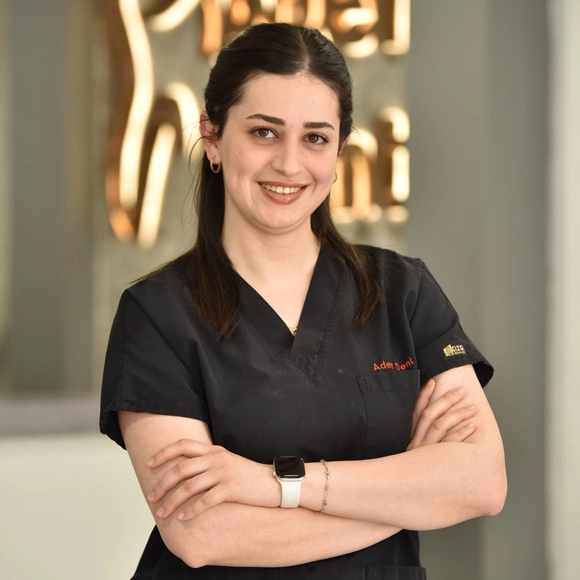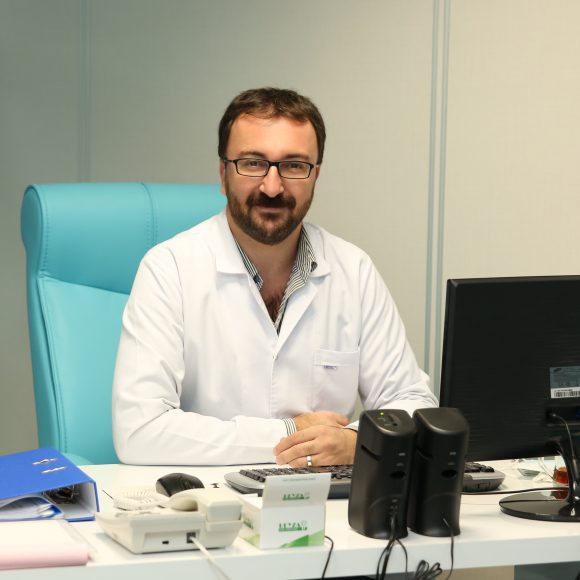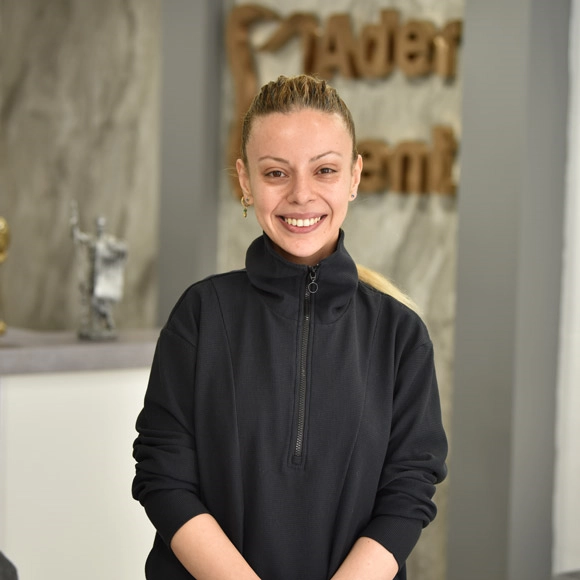Orthodontics is a branch of dentistry that aims to correct the alignment of teeth and jaw structure. The first orthodontic evaluation is recommended around the age of 7 for early diagnosis. Even if the teeth appear straight, hidden bite problems, jaw imbalances, or habit-related issues may be detected. Conditions such as thumb sucking, mouth breathing, or difficulty chewing can also be signs that early orthodontic intervention is needed.
How Is Orthodontic Treatment Performed?
Orthodontic treatment involves the use of fixed or removable appliances. The basic principle is to guide the teeth gradually into their correct position using gentle and continuous force. Commonly used appliances include:
- Fixed braces: Metal or ceramic brackets can also be applied with hidden wires on the back of the teeth.
- Removable appliances (clear aligners): These offer a nearly invisible and removable solution, ideal for those concerned about aesthetics.
What Are the Options for Orthodontic Treatment?
Orthodontic treatment options include:
- Traditional Braces and Brackets: Both metal and aesthetic ceramic brackets are widely used today.
- Lingual Orthodontics: Brackets are placed on the inner surfaces of the teeth, making them invisible from the outside.
- Clear Aligners (e.g., Invisalign): Customized, removable tray systems that gradually move teeth.
- Functional Appliances: Used in cases of jaw imbalance to shape both the teeth and jaw structure.
What Should Be Considered During Orthodontic Treatment?
- Oral Hygiene: Brackets and wire areas must be cleaned thoroughly; floss and interdental brushes should be used regularly.
- Cavity and Gum Disease Check: Any existing decay or gum problems should be treated before starting orthodontics.
- Broken Appliances: If brackets or aligners break, an orthodontist should be contacted immediately.
- Diet: Avoid hard or sticky foods that could damage braces or wires.
- Retention Phase: After treatment, retainers must be worn to maintain the new tooth positions.
What Is the Post-Orthodontic Process Like?
The duration of orthodontic treatment varies depending on the case, typically ranging from 12 to 36 months. After the active treatment, a retention period of at least a few months is required. When retainers are used regularly, the achieved smile can last for many years. Regular dental visits and good oral hygiene strengthen the long-term success of orthodontic treatment.
What Happens at the First Orthodontic Appointment?
During the first orthodontic consultation, the specialist will examine the patient’s oral and jaw structure in detail. Through this evaluation, issues such as crowding, gum problems, cystic formations in the jaw, missing or impacted teeth, tartar buildup, and bruxism (teeth grinding) can be identified. Based on the findings, a personalized treatment plan is presented, and the patient is informed about the orthodontic process.
When Is Orthodontic Intervention Necessary?
Orthodontic treatment should be considered in the following situations:
- Crowding or gaps between the teeth
- Protruding or recessed upper or lower jaw
- Malocclusions (open bite, crossbite, etc.)
- Difficulty in chewing, speaking, or swallowing
- Habits like thumb sucking or nail biting that affect tooth alignment
- Aesthetic concerns due to misaligned teeth
- Teeth grinding (bruxism) and jaw joint disorders
What to Pay Attention to During Orthodontic Treatment?
- Any cavities and gum diseases should be treated first.
- Maintain good oral hygiene; clean brackets and wires regularly.
- If any appliance breaks, consult your orthodontist without delay.
- Follow the retention plan after treatment to maintain the new tooth positions.
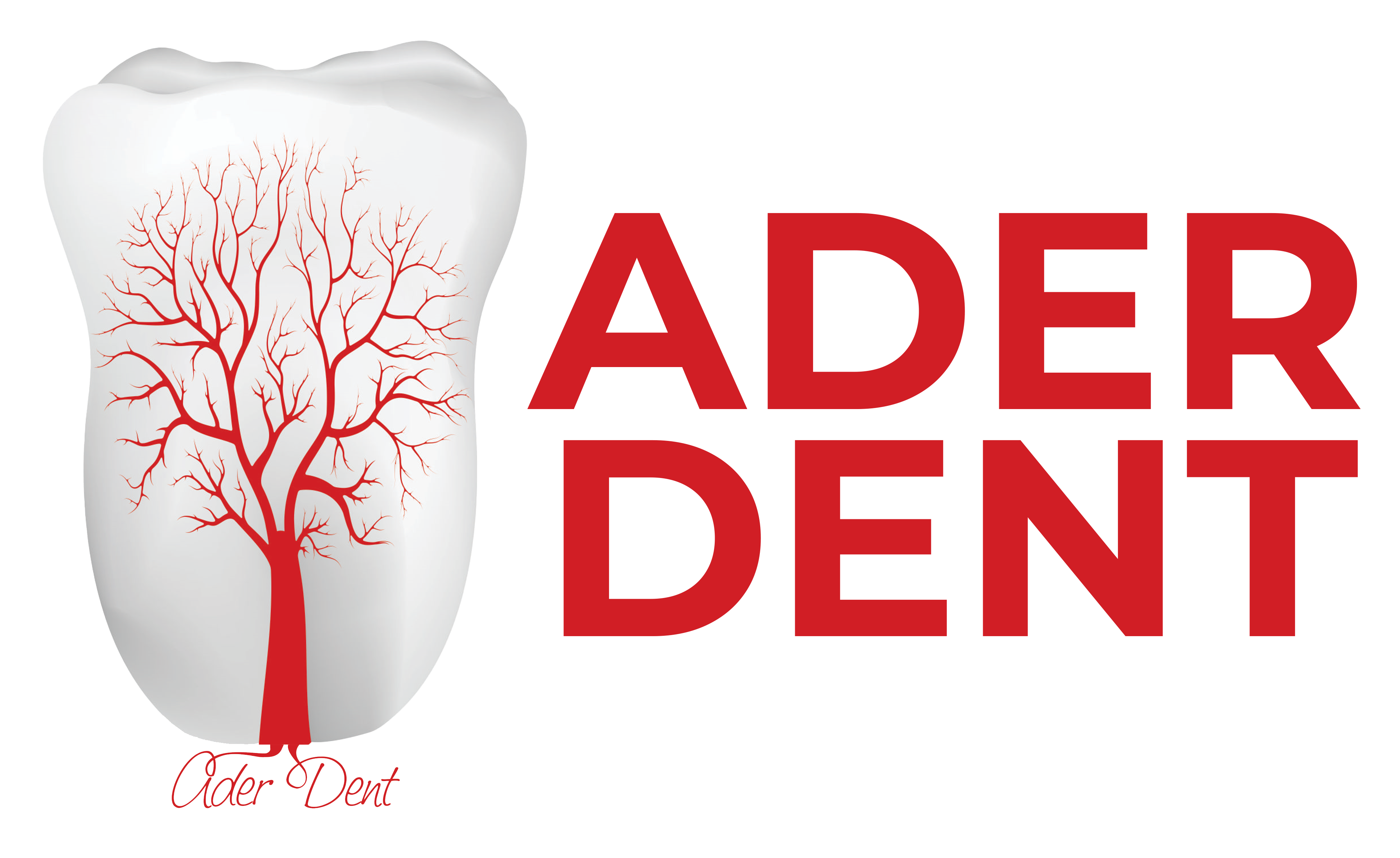
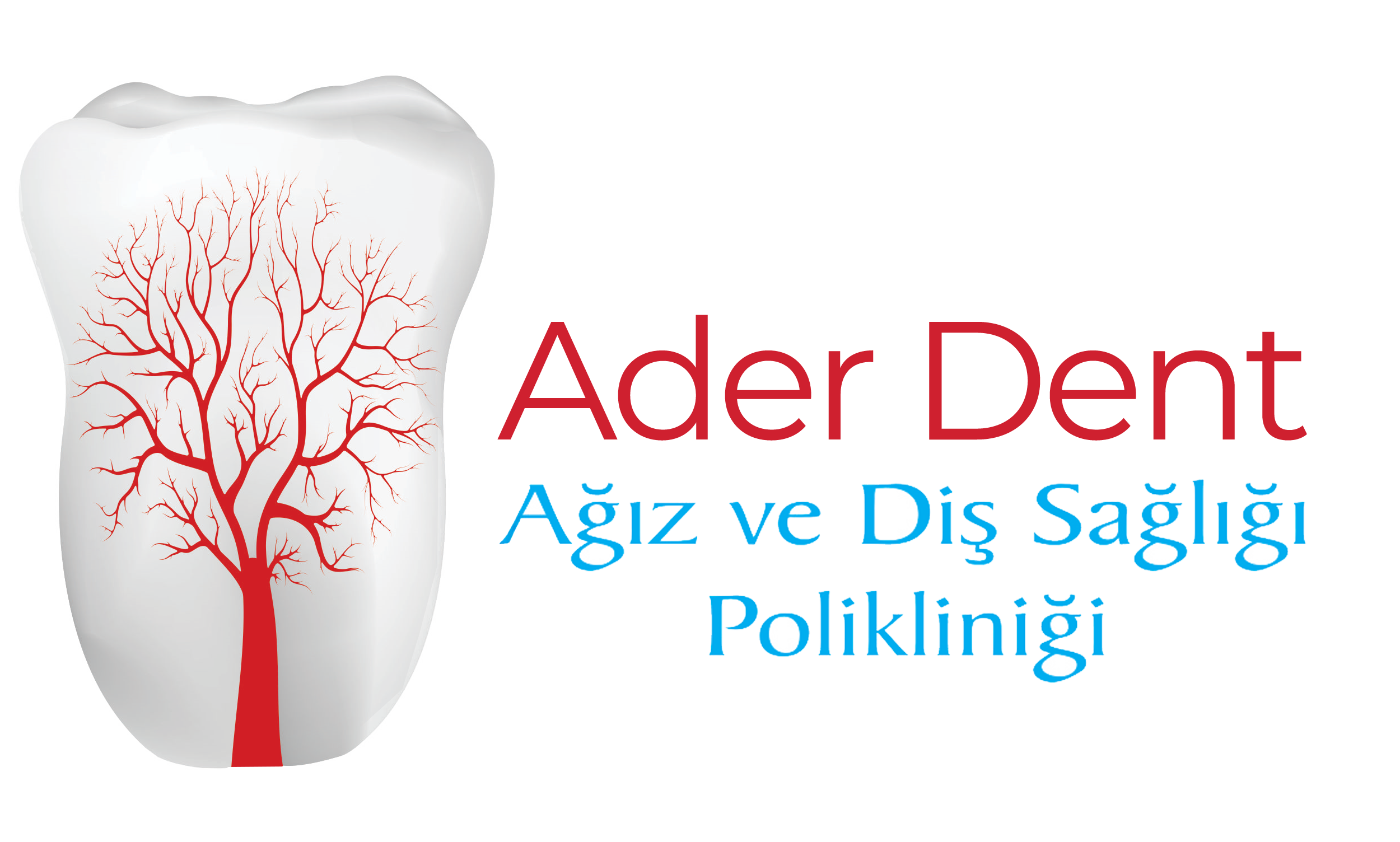
 TR
TR

